How Anglers Can Help Save Endangered Fish Species
Recreational and commercial fishing have long been important activities for food, sport, and livelihood worldwide. However, many fish species now face unprecedented threats, with overfishing, habitat destruction, pollution, and climate change pushing numerous aquatic species toward extinction. The decline of these species represents a loss of biodiversity and threatens ecosystem stability and the future of fishing itself. Anglers occupy a unique position in this crisis—they are stakeholders in the health of fish populations and potential advocates for conservation. This article explores the many ways that fishing enthusiasts can contribute to protecting endangered fish species while continuing to enjoy their passion responsibly and sustainably.
Understanding the Crisis: Why Fish Species Are Endangered

Fish populations worldwide face multiple existential threats that have dramatically reduced their numbers over recent decades. Commercial overfishing has depleted numerous species to critical levels, with industrial-scale operations removing fish faster than populations can reproduce. Habitat destruction, including dam construction, shoreline development, and wetland drainage, has eliminated crucial spawning grounds and migration routes for many species. Water pollution from agricultural runoff, industrial waste, and plastic contamination degrades water quality and directly harms fish health. Climate change compounds these problems by warming waters, altering currents, and disrupting the delicate balance of aquatic ecosystems that fish depend on for survival.
Practicing Catch and Release Properly

Catch and release fishing represents one of the most direct ways anglers can contribute to conservation efforts while still enjoying their sport. Proper technique is crucial—using barbless hooks significantly reduces tissue damage and makes hook removal faster and less stressful for the fish. When handling a fish, wet your hands first to avoid removing their protective slime coat, and minimize time out of water to reduce respiratory stress, keeping exposure to air under 30 seconds whenever possible. Reviving fish before release by gently holding them upright in the water and moving them forward to facilitate water flow through their gills increases survival rates dramatically. Research shows that fish properly released with these techniques have survival rates exceeding 95% in many species, making this practice a powerful conservation tool when done correctly.
Knowing Local Regulations and Protected Species
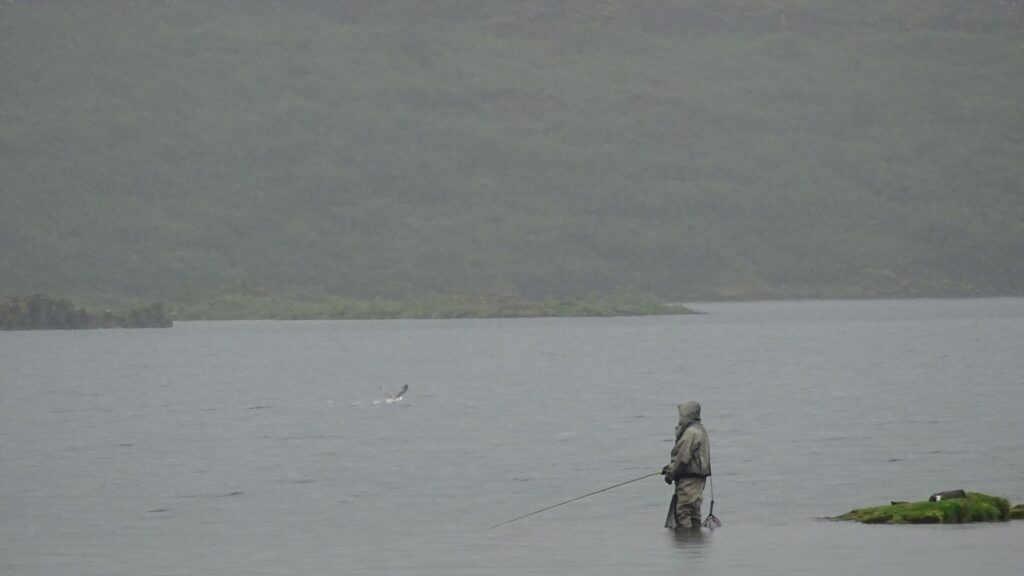
Staying informed about fishing regulations is not just a legal obligation but a conservation necessity for responsible anglers. Fishing regulations typically include season dates, size limits, catch limits, and protected species information that are specifically designed to maintain healthy fish populations based on scientific assessment. Many regulations are tailored to specific bodies of water, recognizing the unique ecological conditions and challenges in each environment. Anglers should study regulations before each fishing trip, particularly when visiting new areas, as rules can change seasonally based on fish spawning patterns and population assessments. Conservation organizations and state wildlife agencies usually provide detailed guides and mobile apps that make staying compliant easier while explaining the ecological reasoning behind these rules.
Participating in Citizen Science Programs
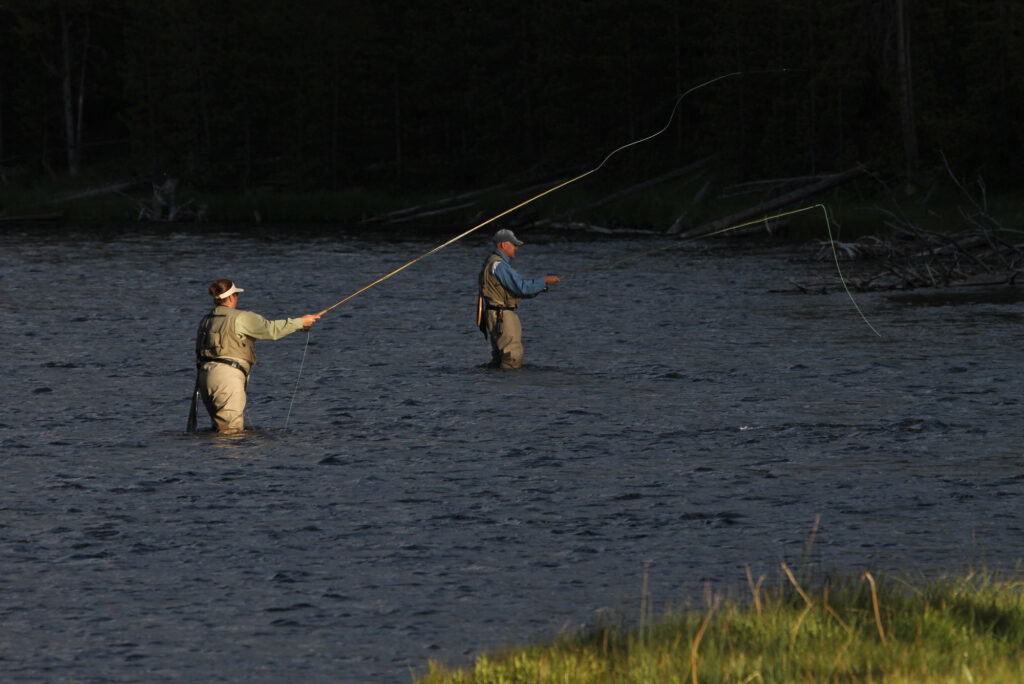
Anglers can make valuable contributions to fish conservation by participating in citizen science initiatives that collect crucial data for researchers and management agencies. Programs like tag-and-release studies help track fish movement patterns, growth rates, and population dynamics with minimal harm to the subjects. Water quality monitoring projects allow anglers to report conditions like unusual algal blooms, pollution events, or temperature anomalies that might affect fish health. Many conservation organizations have developed smartphone apps that make reporting sightings of rare or endangered species simple and effective, creating vast datasets that would be impossible for professional scientists to gather alone. These collaborative efforts between recreational anglers and the scientific community have led to significant discoveries about fish behavior and informed more effective conservation strategies.
Choosing Sustainable Tackle and Equipment
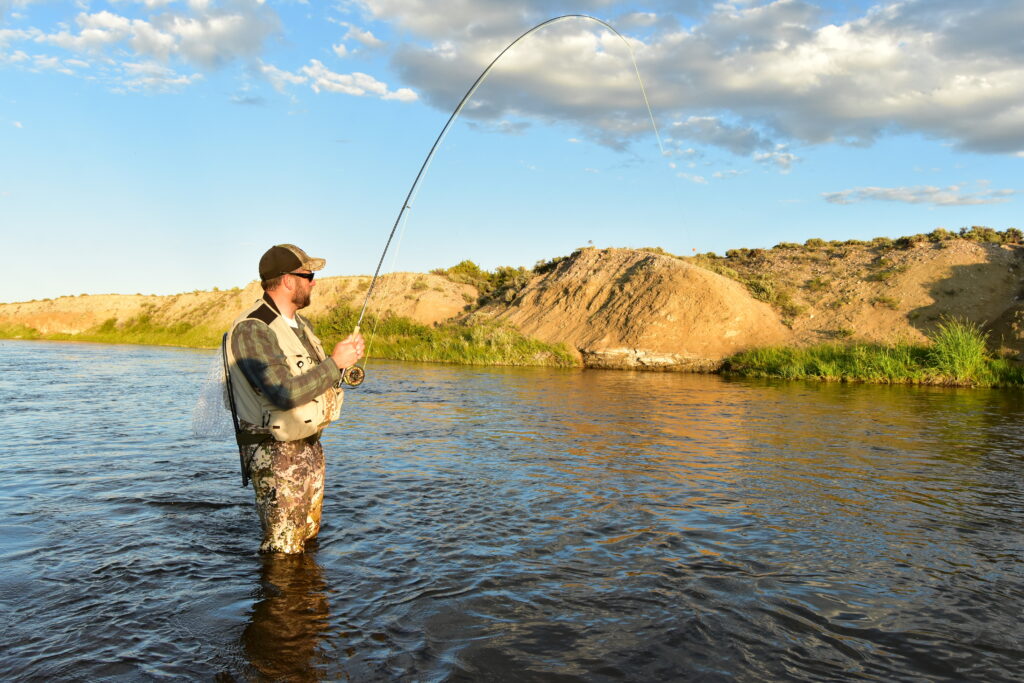
The fishing gear you select can significantly impact conservation efforts beyond just the act of fishing itself. Lead fishing weights have been linked to poisoning water birds and contaminating aquatic ecosystems, making non-toxic alternatives like tungsten, steel, or bismuth more environmentally responsible choices. Biodegradable fishing lines reduce the harmful impact of lost gear, as traditional monofilament can remain in waterways for hundreds of years, continuing to entangle and kill aquatic life long after being lost. Hooks designed to rust quickly if lost minimize “ghost fishing,” where abandoned hooks continue catching fish without human intervention. Additionally, using tackle made from recycled materials helps reduce the overall environmental footprint of fishing activities while creating market demand for more sustainable products in the industry.
Supporting Habitat Restoration Projects
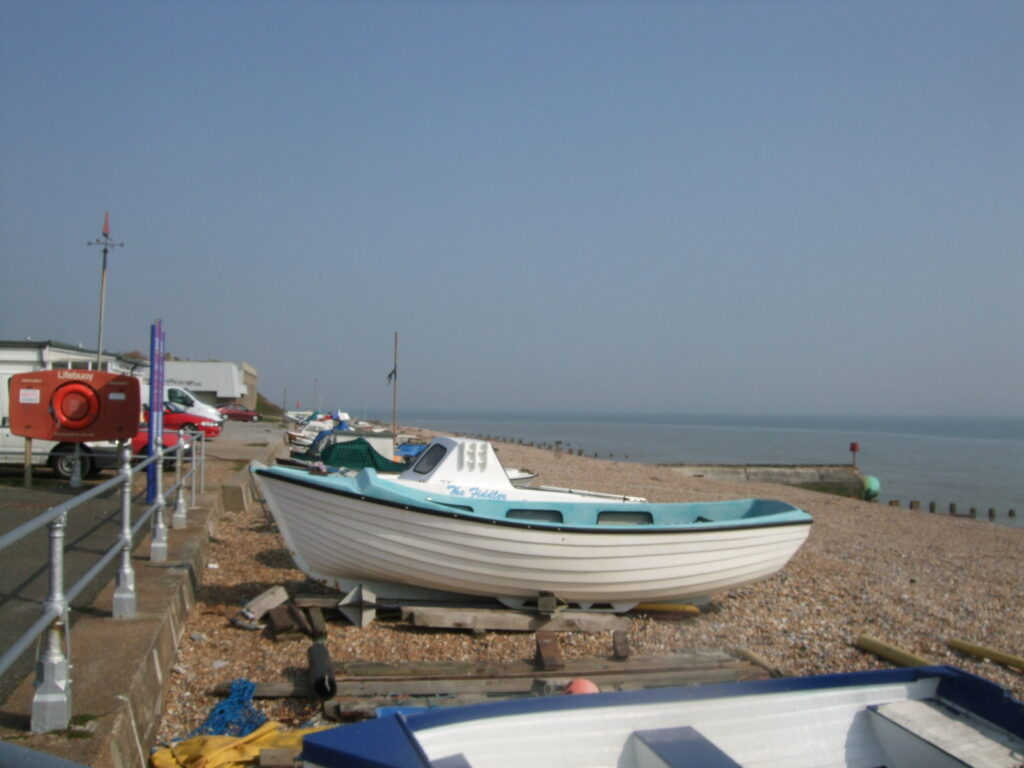
Healthy fish populations require healthy habitats, making habitat restoration one of the most effective long-term conservation strategies. Anglers can volunteer for riverside cleanup events that remove trash and debris from waterways, preventing pollution and eliminating entanglement hazards. Watershed restoration projects, including planting native vegetation along streambanks, help prevent erosion and filter runoff before it enters the water system. Many angling clubs organize or participate in projects to install artificial reef structures or spawning beds that create crucial habitat for various fish species. Financial contributions to conservation organizations specifically focused on aquatic habitat preservation represent another powerful way for anglers to support restoration efforts, particularly when they cannot physically participate in volunteer activities.
Advocating for Policy Changes

Anglers collectively form a powerful constituency that can influence environmental policy decisions at the local, state, and national levels. Joining conservation-oriented fishing organizations amplifies individual voices and provides strength in numbers when advocating for protective measures. Writing to elected officials about specific conservation concerns, such as dam removal projects, water quality standards, or fishing regulations, helps ensure that decision-makers understand the importance of these issues to their constituents. Attending public meetings regarding waterway management, development projects, or fishing regulations allows anglers to provide valuable perspective during the decision-making process. By engaging in political advocacy, anglers can help shape policies that protect both the resource they value and the activity they love for future generations.
Educating Other Anglers and the Public
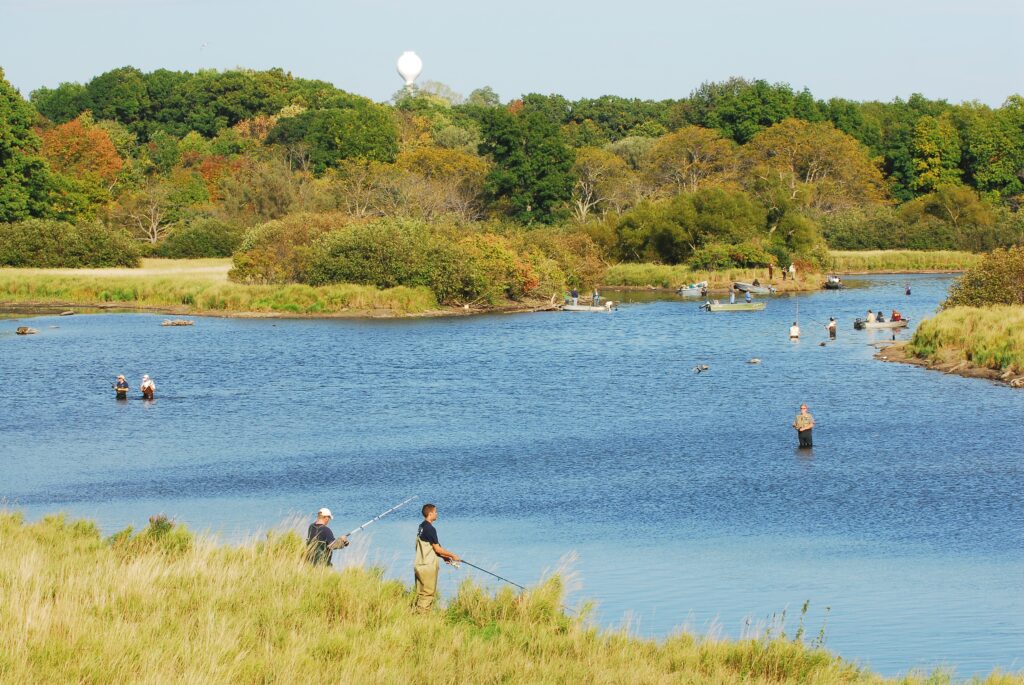
Knowledge sharing represents one of the most powerful tools in conservation, and experienced anglers have a unique opportunity to educate others about sustainable practices. Mentoring new anglers, particularly young people, allows for passing down not just fishing techniques but also conservation ethics and respect for aquatic ecosystems. Social media platforms provide excellent venues for sharing conservation success stories, proper fish handling techniques, and information about threatened species. Local fishing clubs can organize educational workshops covering topics like fish identification, regulations, and conservation challenges facing local waters. By fostering a culture of conservation within the angling community, individual efforts multiply into collective action that can significantly impact endangered fish protection.
Targeting Invasive Species
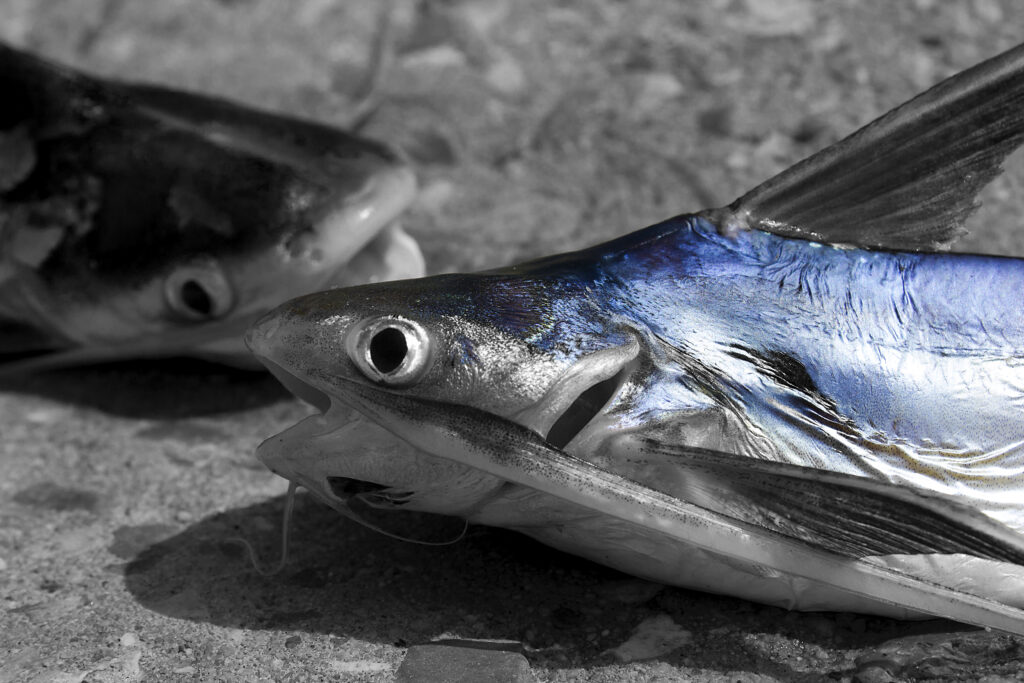
Invasive fish species represent a significant threat to native fish populations through competition, predation, habitat alteration, and disease transmission. Anglers can assist conservation efforts by specifically targeting these non-native species during their fishing trips, effectively providing free removal services that would otherwise cost management agencies significant resources. Learning to identify invasive species in your local waters is the first step, as many invasive fish closely resemble native species. Many states have implemented special regulations for invasive species, including removal requirements and prohibitions against releasing them back into the water. Some regions even organize fishing tournaments specifically targeting invasive species, creating community events around conservation efforts while educating participants about ecological threats.
Practicing Responsible Photography
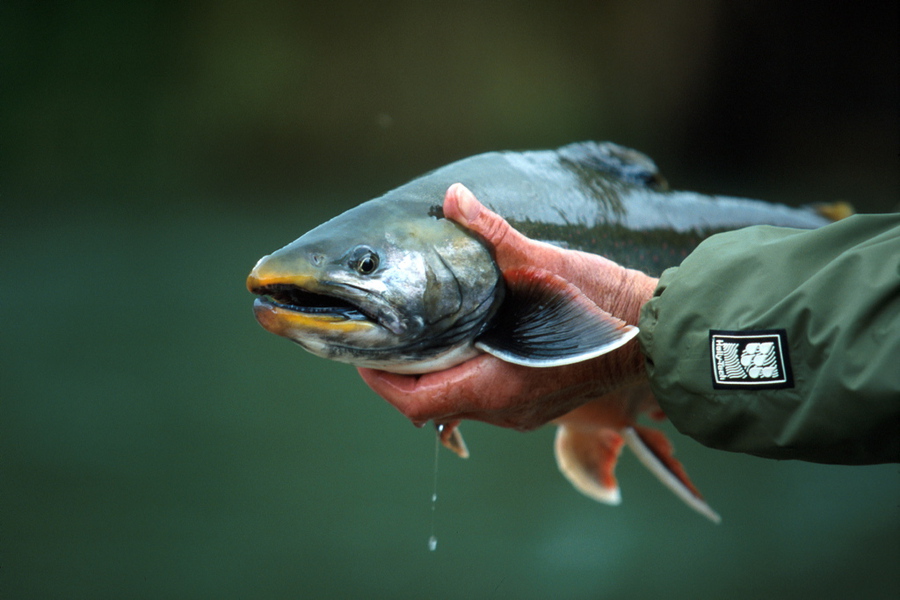
In today’s social media-driven world, fish photography has become increasingly popular among anglers, but improper handling during photo sessions can significantly stress fish and reduce their survival chances after release. Minimizing air exposure by planning your shot before removing the fish from the water drastically reduces respiratory stress. Horizontal support of a fish’s body prevents internal organ damage that can occur when fish are held vertically by their jaw or gills. Avoiding touching the gills or eyes, which are particularly sensitive, reduces physical trauma during handling. For especially endangered species, consider keeping the fish partially submerged during photography or even taking underwater photos with waterproof cameras to eliminate air exposure while still documenting your catch.
Funding Conservation Through License Purchases
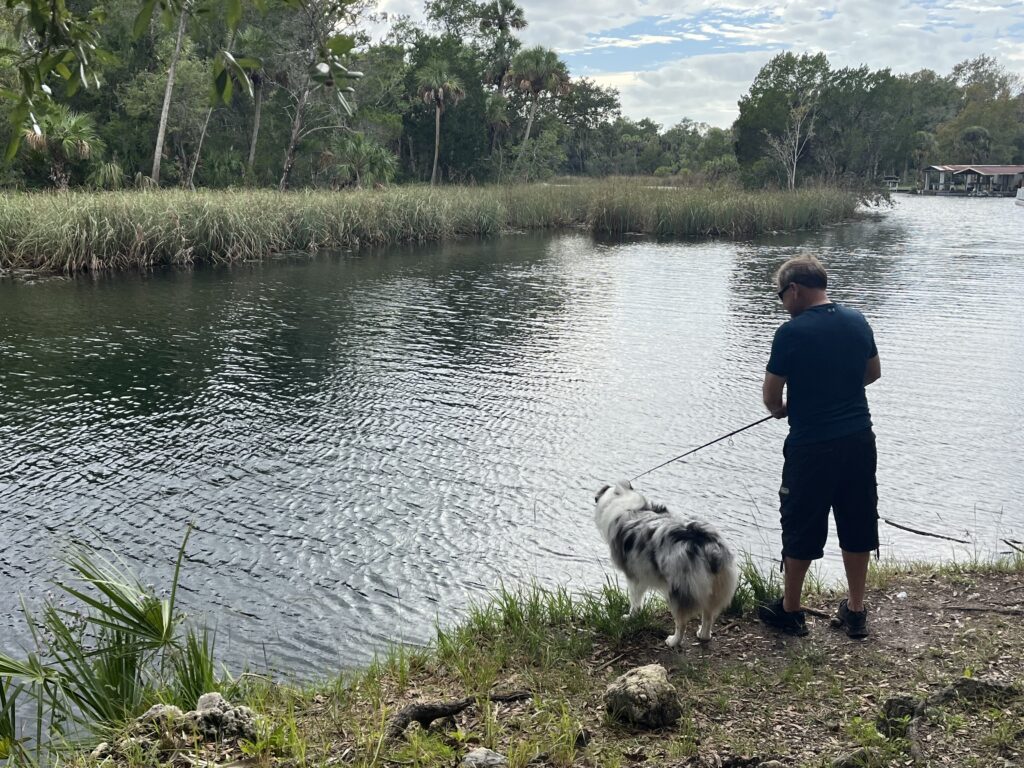
Fishing license revenues represent one of the largest and most reliable funding sources for fish conservation efforts in many countries. When anglers purchase licenses, stamps, and permits, they directly contribute to habitat protection, population monitoring, stocking programs, and enforcement of fishing regulations. The Dingell-Johnson Act in the United States, for example, places an excise tax on fishing equipment that generates hundreds of millions of dollars annually for state-level conservation programs. Voluntary contributions to conservation stamps or supplemental permits often fund specific projects focused on endangered species recovery or habitat restoration. By ensuring they always fish with proper licensing, even when enforcement is unlikely, anglers make a direct financial contribution to the protection of the resources they value.
Adapting Fishing Practices During Spawning Seasons

Spawning periods represent particularly vulnerable times in fish lifecycles, when populations concentrate in specific areas and focus their energy on reproduction rather than feeding or self-preservation. Responsible anglers adjust their fishing practices during these critical periods, sometimes avoiding known spawning areas entirely to prevent disruption of reproductive activities. When fishing is permitted near spawning grounds, using artificial lures rather than live bait reduces the chance of deep hooking fish that may be striking defensively rather than feeding. Water temperature monitoring can help anglers identify spawning periods for temperature-sensitive species like trout, allowing for informed decisions about where and when to fish. Many conservation-minded anglers voluntarily implement more stringent personal catch-and-release policies during spawning seasons, even when regulations permit harvest.
Joining Conservation Organizations

Membership in fishing and conservation organizations provides anglers with a structured way to support endangered species protection while connecting with like-minded individuals. Organizations like Trout Unlimited, the Coastal Conservation Association, and the B.A.S.S. Conservation Fund combine angling interests with strong conservation missions that directly benefit threatened fish species. These groups often leverage member dues to fund scientific research, habitat restoration, and public education campaigns that would be impossible for individuals to accomplish alone. Beyond financial contributions, these organizations provide volunteer opportunities that allow anglers to participate directly in conservation work, from stream cleanups to habitat improvement projects. Many also engage in legal advocacy, challenging harmful development projects or pushing for stronger environmental protections that benefit entire aquatic ecosystems.
Conclusion
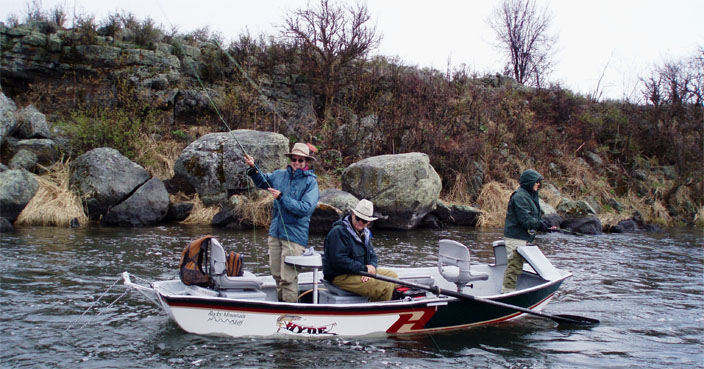
Anglers occupy a unique position in aquatic conservation—they are both users of the resource and potentially its most passionate defenders. Through responsible fishing practices, active participation in conservation efforts, and advocacy for aquatic ecosystems, fishing enthusiasts can help ensure that endangered fish species recover and thrive. The actions outlined in this article represent more than just good sportsmanship; they’re essential steps toward preserving biodiversity and ensuring that future generations can enjoy the art and science of fishing. As pressures on aquatic environments continue to mount from multiple directions, the role of conservation-minded anglers becomes increasingly vital. By embracing these practices and spreading conservation ethics throughout the angling community, fishermen and women worldwide can transform their recreation into a powerful force for environmental good.

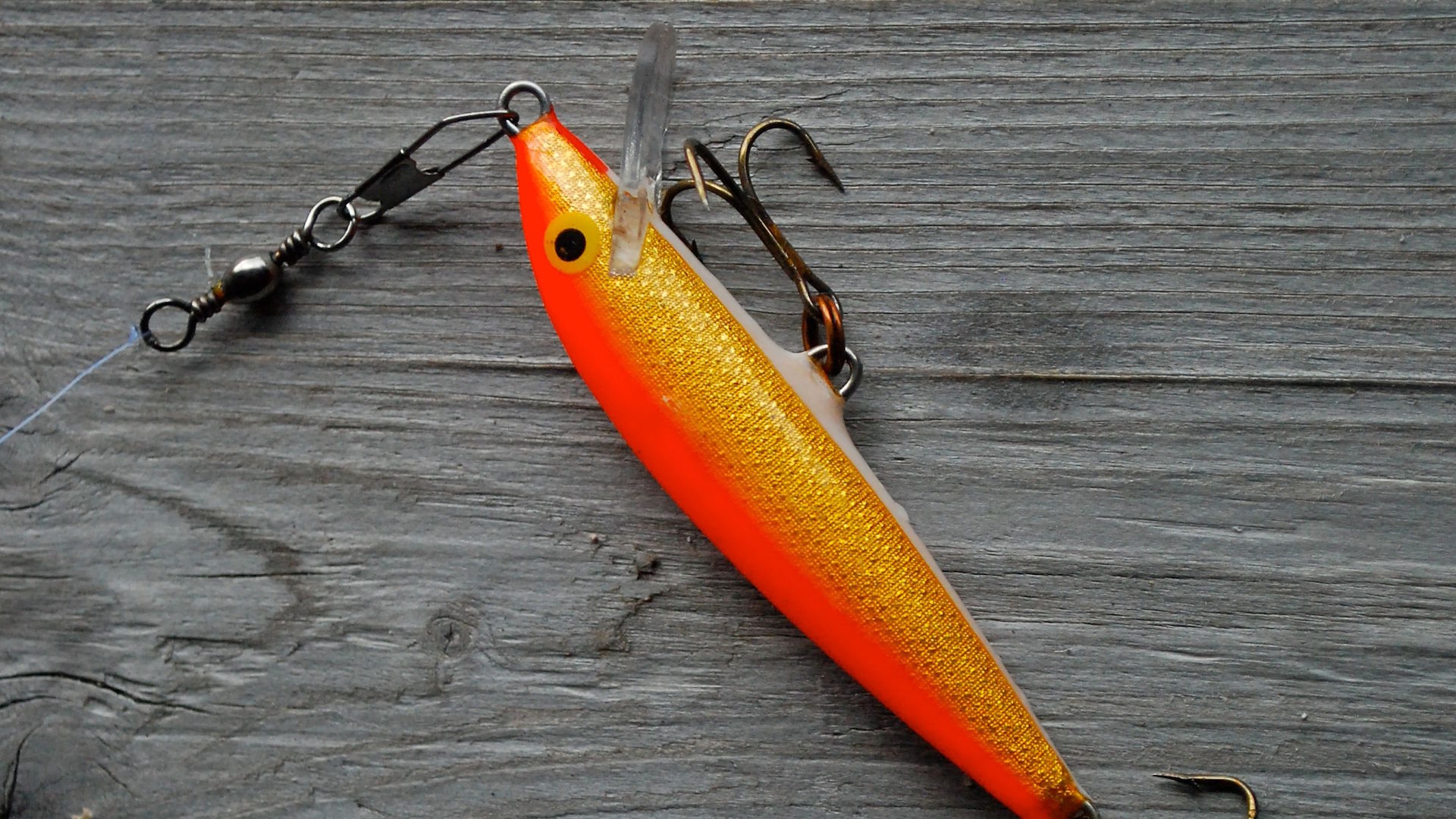












Post Comment